Day 2: Uncovering Earth’s History in the Bighorn Basin
Secretary Clough tours the different Smithsonian excavation sites and discovers some prehistoric fossils while there
/https://tf-cmsv2-smithsonianmag-media.s3.amazonaws.com/filer/Scott-Wing-visible-strata-Wyoming-631.jpg)
Wednesday, July 15: Weather, 62 degrees and sunny at 7 a.m.
A picture-perfect day for venturing into the field. We head first to the grocery store to obtain provisions for lunch and plenty of water, something that will be much needed in the dry climate and the heat of the day. Scott explains that we will visit three sites where teams are working to investigate the PETM and its consequences from different perspectives. He and his colleagues consider this area ideal for their work since the deep sedimentary deposits of the basin capture the stratigraphic profile of the time leading up to the Paleocene Eocene Thermal Maximum, or PETM, the PETM itself and the years following it. The rock strata in this large basin slope inward at the sides and are relatively horizontal in the center, but regional uplift in the last few million years has once again loosed the power of erosion, carving deep gullies and valleys that expose PETM rocks and allow the researchers to find the fossils and other evidence they seek. Adding to the favorable geologic circumstances, much of the land is under the management of the U.S. Bureau of Land Management, which has been helpful to the research teams, and it is transected by a network of dirt roads maintained by an energy company that operates the many oil jacks that remove oil from the mature oil field in the region.
The drive to the research sites from Worland is about 15 miles. They are located to take maximum advantage of the exposures of the beds deposited during the time of the PETM. The relevant stratigraphy begins with the underlying gray, brown and tan deposits known as the Fort Union Formation, which formed during the Paleocene Epoch just before the time of the PETM. This was a period of relatively stable carbon dioxide levels in the atmosphere and a warm, moderate climate that allowed temperate and subtropical plants to grow as far north as Wyoming. The Paleocene was a time of rapid evolution among mammals, probably because the dinosaurs had gone extinct at its beginning. Many of these early mammals did not survive the PETM or began to decline in diversity at that time.
The PETM occurred at the beginning of the Eocene epoch around 55 million years ago and is estimated to have lasted around 200,000 years, a blink in the eye of the geologic time scale. The PETM may have been set off by a period of intense volcanism, which warmed the climate, in turn causing the release of additional carbon into the atmosphere from sources such as burning peat bogs and coal beds, or unstable methane hydrates in the ocean floor (large quantities of the powerful greenhouse gas methane are sequestered there). The surprising finding is that the most rapid addition of greenhouse gases occurred quickly, in the first 10,000 years of the PETM. Carbon dioxide levels in the atmosphere probably exceeded 1,000 parts per million. Today’s atmospheric carbon levels are 385 ppm, up more than 100 ppm over the highest levels of the last 500,000 years, with the largest rise coming in the last 150 years of industrialization and intense use of coal and other carbon-based fuels. The high carbon dioxide levels early in the PETM were sustained for upwards of 80,000 to 100,000 years and thereafter declined slowly for another 90,000 years.
Active weathering of soil minerals, in particular the oxidation (rusting) of iron compounds, was associated with the PETM, probably as a result of high temperatures and fluctuations in the water table caused by seasonal rain. The fossilized soil horizons give the stratigraphic column distinct red layers. The colors are of considerable assistance to Scott and his colleagues, who use them to track the beds over long distances and correlate fossil collections from locations that are miles apart. The most dramatic fossil soils are in the “Big Red Sequence,” a set of bright red and purple layers about 25 meters thick that can be readily seen from the highway. Big Red was formed during the latter stages of the PETM, and so records the cooling down from the very warm conditions of the early and middle PETM. It is the layers beneath Big Red and above the underlying Fort Union formation that are of most interest, but Big Red serves to locate them. The oldest of the PETM layers is also reddish and lies immediately above the Fort Union Formation. It is around one to two meters thick and reflects the early stages of the PETM. This was a time of transition and is of interest in that it tells us how rapidly the climate changed and what happened to tip the balance towards a new climate regime. The sequence above this reflects a longer period, probably 90,000 to 100,000 years and is given various nicknames, including the “chaos zone” or Scott’s favorite, “the all-hell-breaking-loose zone.” It is grey, between 10 and 20 meters thick, and a rich source of fossils showing a period of drastic change in flora, fauna and environment. When looking at the hillsides from high ground, the alternating layers of red and grey are so prominent that some refer to them as “candy stripes.”
The three sites chosen for my visit and the field work reflect the expertise of the interdisciplinary team working with Scott. Geologists Mary Kraus of the University of Colorado at Boulder and Francesca McInerney of Northwestern University in Chicago focus on the fossil soils and rock columns that help unravel environmental change and provide the context for the fossils that are found. Their chemical analyses of the rocks help sort the climate processes that were at work in the PETM. Jon Bloch of the Florida State Museum of Natural History, is a vertebrate paleontologist and seeks information about the mammals that roamed the area, including those that emerged during the PETM. Finally, Scott and his team work on the botanical side of the ledger. Each of these folks have a multi-university group of students working with them, all of whom toil under challenging conditions to be part of the discovery process.
North Butte Site
Dino chugs through the sagebrush-covered hills along dirt roads to the North Butte site, a place where Mary and Francesca have chosen a steep hillside that allows them to expose and investigate the entire stratigraphic profile from the Fort Union Formation to the end of the PETM. Access to undisturbed material is provided by a one-meter-deep trench, laboriously dug by the all-female crew of faculty and students. This allows the investigators to see clearly the transition from one layer to another, an indicator of the changing climatic conditions. From chemical analyses of rock samples they are able to infer the source, time of onset and pattern of waning of the carbon that was released at the beginning of the PETM. This is based on ratio of stable isotopes of carbon present in various organic materials. The researchers are also able to track changes in the activity of small soil animals and the depth of plant rooting.
Caterpillar Invasion Site
From the North Butte site Dino takes us along the hilltop roads to Scott’s current site, known as “Caterpillar Invasion,” because on the day it was discovered it swarmed with large green caterpillars. Fortunately for the crew, the caterpillars mysteriously vacated the premises before they began their work. This site was chosen because its hillside allows access to a section of the “chaos” layer of the PETM that is rich in plant fossils. A “quarry” has been dug into the hillside exposing a siltstone layer which is weathered and comes out on a shovel in fist-sized fragments, which, when carefully split using a rock hammer, often yield a plant fossil. The sun is hot and high overhead when we arrive and the crew has already excavated a small trove of specimens for Scott to examine. Scott listens carefully as each member of the team explains what they believe they have found, and then he examines them using a hand lens and his long experience to determine what is really there. Scott’s enthusiasm as he examines each piece offers encouragement to the budding scientists, and the sense of discovery about what each find might add to the larger picture is exciting.
I am given a shot at digging out the fragments and cracking them open in hopes of finding a fossil. This proves to be an exciting and humbling experience. Even after locating a seam to break the rock open, a false strike can cause a break across the bed and the loss of the chance of finding a fossil. In the beginning, I lose more than I win but with time I begin to get the hang of it. Pretty soon the youthful team is encouraging the old-timer along as my specimens return clear leaf and flower fossils, each of which has been hidden from view for 55 million years. I unearth several different specimens, including a “slim,” their nickname for a compound leaf with elongated leaflets, a small compound leaf from a relative of the mimosa tree, and a palm frond. Each of these delicate fragments is a testament to the power of nature to create with an abundance we can only hold in awe. I also find a small fish skeleton showing, Scott tells me, the deposition of the fossils in an ancient pond. Of the plant fossils, the “slim” is a species that is unique to the PETM, seen only in three of the eight fossil plant sites found in this time period. It is in the family of Sapindaceae, which includes the soapberry tree, maples and the golden rain tree. The palm frond and mimosa-like leaf, among others, are signals that during the PETM this area was warm year round, probably with a pronounced dry season, like parts of dry subtropical Mexico or Central America today.
Finding the fossils is exciting and reminds us of a bit of Smithsonian history. Early in the 20th century, the Secretary of the Smithsonian was Charles D. Walcott, an eminent geologist and paleontologist. He is famous as the discoverer of the Burgess Shale in Canada, a deposit containing remarkable numbers and varieties of early marine animal fossils. Scott suggests that my finding a few fossils on this day may be the first time since Secretary Walcott that a Secretary of the Smithsonian has found a fossil.
After review of all of the fossils found for at the quarry, Scott and his crew begin the careful process of wrapping the specimens to protect them during their shipment back to the Smithsonian. The fossils will be delivered to Scott’s laboratory at the Natural History Museum, were they will be meticulously examined and catalogued. They will serve to help in the continuing effort to unravel climatic, vegetational and ecological changes during the PETM.
Picnic Hill Site
Our last site is that being worked by the vertebrate paleontologists under the supervision of Jon Bloch. Jon greets us at the top of the hill overlooking his site and shares two finds of the day’s work—partial jaw bones with teeth intact of two small mammals that lived in the Big Horn Basin during the PETM. The fossils are notable for two reasons: These are mammals that arrived or evolved in North America during the PETM, primitive ancestors of the horse and the pig. Both lineages diversified and became abundant after their arrival near the start of the PETM, but after 50 million years or so, the horse died out in the New World and was not reintroduced until Spanish explorers returned in the 1500s. Both of the mammals were very small, reflecting a trend during the PETM. The horse may have been no larger than a small cat. It seems that during the period of high temperatures in the PETM mammals evolved to smaller sizes to better deal with the needed energy balance between nutrition and growth.
We accompany Jon down to the bottom of the hill where his crew has spread out over the area looking for fossils and other evidence. Where they find a fossil or even a fragment of one, they place a small flag and record the information about the find. The flag is used by a member of the crew who documents the position of the fossil with submeter precision using a GPS system. The location data allow the team to know the precise level from which each specimen comes, a critical element in reconstructing successive changes in the animals through the PETM.
We walk over the site and talk with each of the crew members, a mix of young students and several senior scientists from other institutions who are interested in the work Jon is doing and are pleased to help out. While this site does not produce many large, articulated skeletons, it does yield a multitude of small fragments of bone, joints and teeth, each of which, when added to the larger collection, helps to tell the story of the PETM.
With the day waning, Jon informs the crew it is time to head back to base camp. Even after a long hot day in the sun the crew seems reluctant to leave—one more fossil could be the most important find of the day. At the base camp they will identify and catalogue their finds, and compare and discuss the results of their day’s work with the other teams.
Base Camp
The fieldwork of the day comes to at end at base camp, a location chosen by the team to be central to all of the sites. It is a good spot, on the flank of a hill and protected from the winds, but high enough to afford a beautiful view of the stark surroundings. Every member of the crew stays at the camp, including the senior staff. Scott informs me it helps with expenses, which run about $7 a day per person, and also allows the entire crew to discuss their work into the night. Everyone is tired, but happy about the accomplishments of the day. A rousing stew is prepared for dinner and eaten with relish by all. The sun begins to set behind the hill and the air cools considerably. The softer light of the late afternoon illuminates the hillsides. Prominently in view six miles to the east is North Butte, where Big Red stands out in the light of the setting sun as a reminder of why we are here.
I take leave of my companions to get ready for my return early the next morning. They will stay on for another week and complete this year’s field expedition. It has been an exhilarating experience, one of learning and revelation. I return to Washington with a deeper appreciation of what it is like to work in the field as a paleontologist—the joy of finding fossils, the excitement of interpreting what they say about this important event, and how, after 55 million years, new knowledge about how our planet works is coming from a study of its past.
I also better appreciate how important this work is. We are ourselves facing a period of global warming of similar magnitude but much greater rapidity than that of the PETM. We do not yet know what amount of warming might trigger release of carbon from additional reservoirs, and we do not know if we can slow or stop these releases if they begin. By revealing how our complex and interconnected planet changes with rapid warming, understanding what happened 55 million years ago can help those of us in our time understand what we might face in the future. The creatures that existed during the PETM did not include six billion humans, but the lessons we learn from observing those long-ago climatic and ecological changes are likely to be helpful to all of us and our descendants.
/https://tf-cmsv2-smithsonianmag-media.s3.amazonaws.com/accounts/headshot/wayne-clough-240.png)
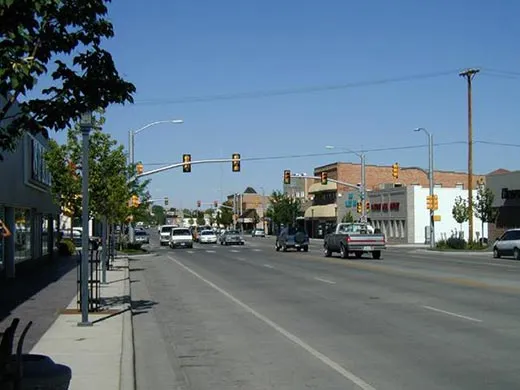
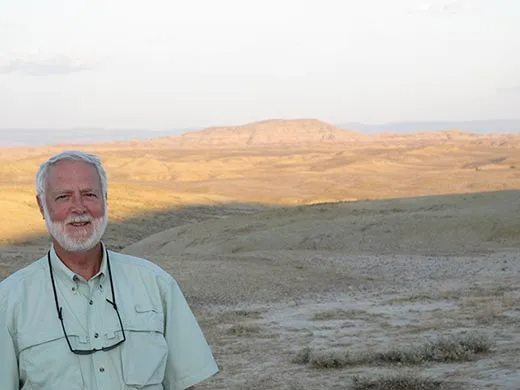
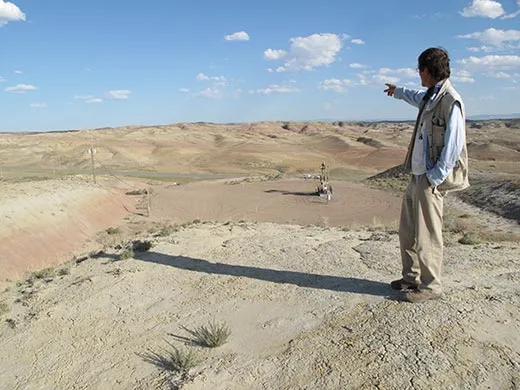
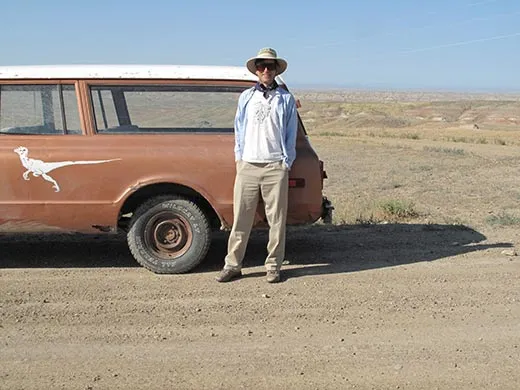
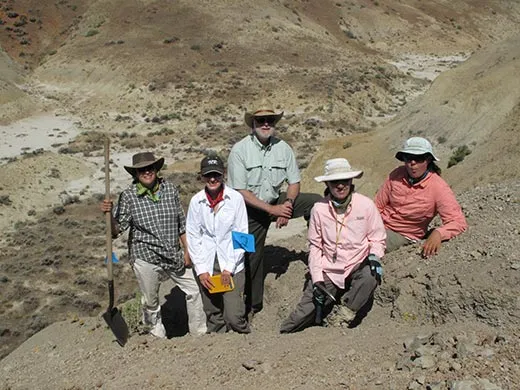
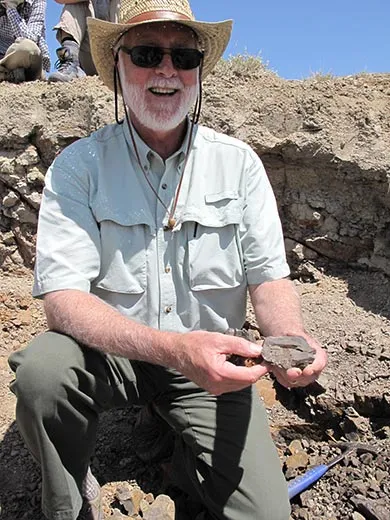
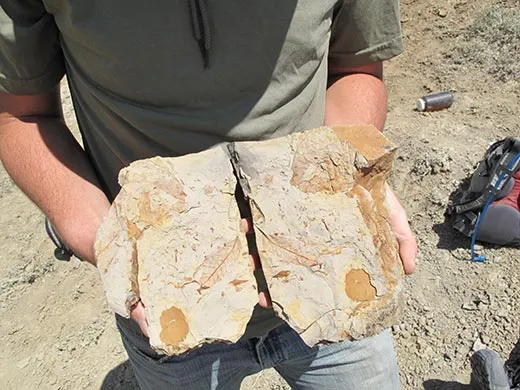
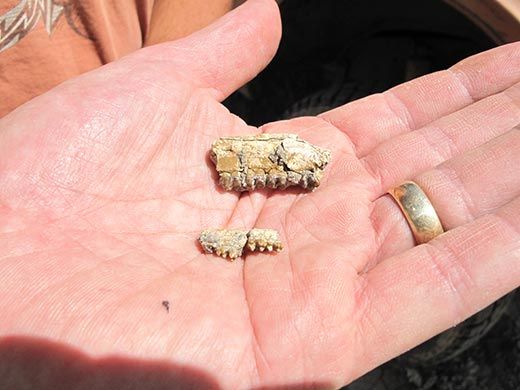
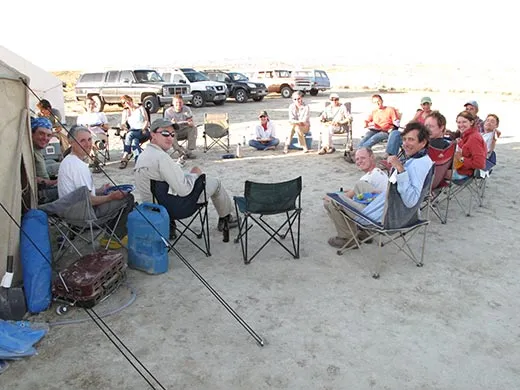
/https://tf-cmsv2-smithsonianmag-media.s3.amazonaws.com/accounts/headshot/wayne-clough-240.png)